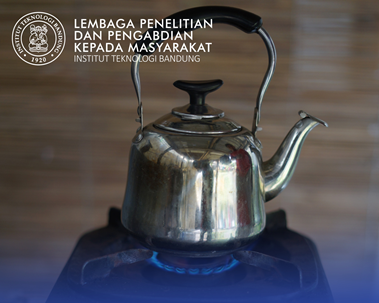

Asmudjo Jono Irianto
Most of the pottery centers in Indonesia are included in low burnt ceramics, with temperatures between 800- 9500 C. Glaze for low temperatures is expensive. Generally, low- temperature glaze in Indonesia uses lead oxide as a flux (lowering the melting point of dates). In addition to being quite expensive, lead is also a toxic and dangerous material when used as a glaze in food and drink containers. Apart from lead, there are several other ingredients that are effective as low-temperature fluxes, such as soda ash and borax. Unfortunately, these two materials dissolve in water, so it is difficult to use them as a flux because the application of the glaze material to the ceramic surface generally uses water as a medium. Because it is soluble in water, the composition of the glaze using soda ash and borax is difficult to stabilize (part of the borax and soda ash that dissolves in water will evaporate away). One way to prevent soda ash from dissolving in water is to first melt the glaze which contains soda ash so that it becomes a melted glaze /glass. The melted glaze after cooling becomes a kind of glass phase that can be ground into flour and becomes a stable low-temperature glaze because after melting (along with quartz and other materials) soda ash and borax are no longer soluble in water. Glazes that are melted that are cleaned first (before being applied to a ceramic surface) are called frit glazes. To make frit glaze you need a frit furnace, which looks and functions similar to a crucible furnace.
Penerapa Karya Seni/Desain/Arsitektur/Perencanaan Wilayah
This community service activity is a continuation of innovative research in the form of designing and making frit glaze stoves which were also funded through P3MI research and community service in 2018. One of the targets of this community service is to produce low-temperature glaze at affordable prices for pottery crafters and safe to use.